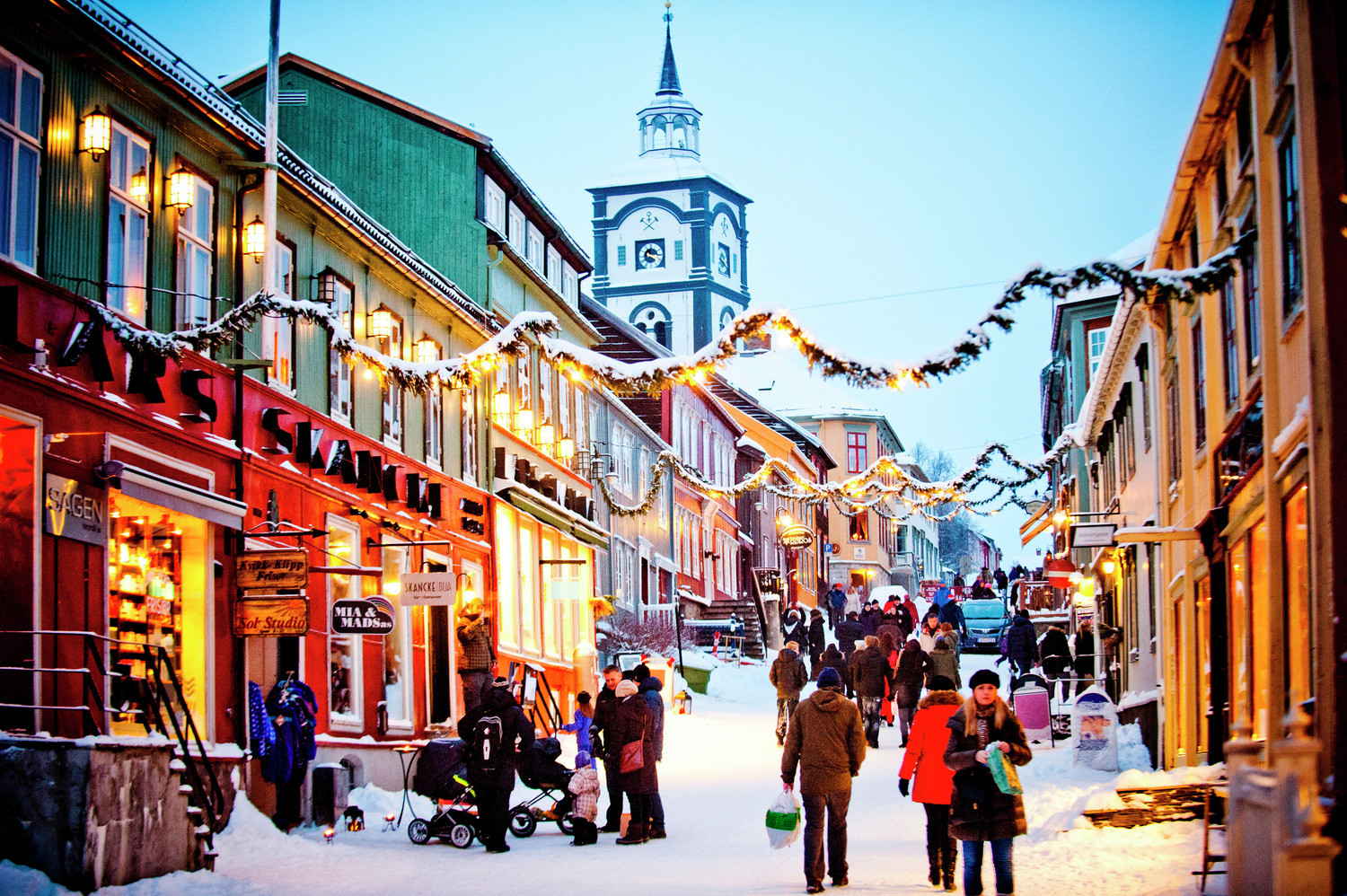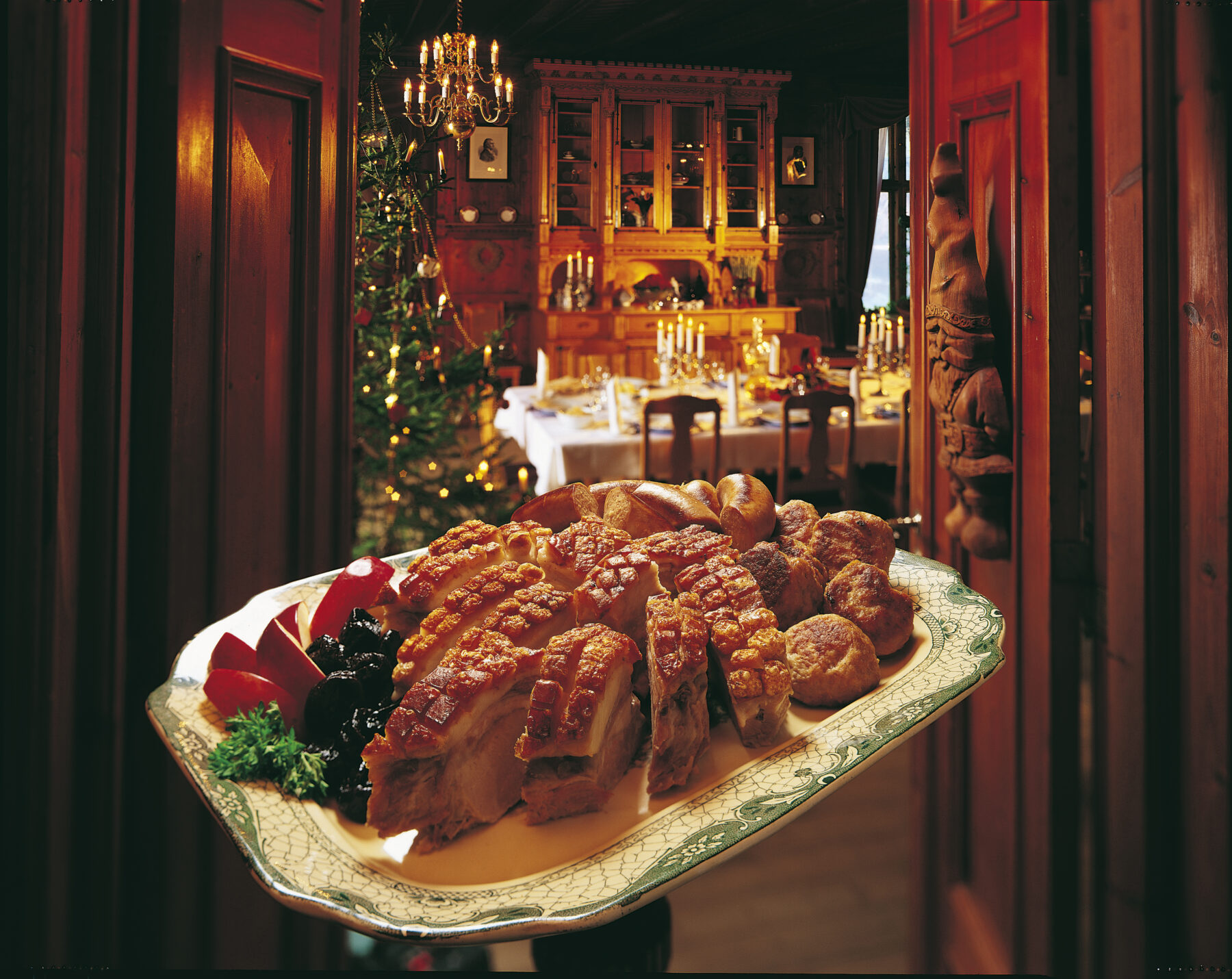Christmas, or ‘jul’, is a special time in Norway, characterised by a rich history of traditions and unique cultural customs both ancient and modern. As the temperatures drop and the snow starts to fall, Norwegians start preparing for the Christmas holiday, turning the country into a glorious festive paradise. Below are just a few of our most celebrated traditions – whether you are looking to add a Norwegian touch to your festivities or fancy a full-scale Norwegian jul, this is where to start…
Christmas Workshops
In Norway, Christmas without attending at least one Christmas workshop is no Christmas at all. Held during Advent, these gatherings bring people of all ages together to work on festive crafts, finish their Christmas preparations and enjoy each other’s company. The results? Toilet-roll Santas, beautifully decorated cards, gingerbread houses and all manner of seasonal trinkets – generally made to a soundtrack of Kurt Nilsen or the Oslo Gospel Choir, and accompanied by a cup or two of gløgg.
Baking
Food is an essential component of the Norwegian Christmas and, luckily for those with a sweet tooth, this means a lot of baking. According to tradition, one should bake ‘seven sorts’ of pastry. The types in question vary from place to place, but often include gingerbread cookies (pepperkaker), ‘good advice’ waffles (goro), ginger nuts (ingefærnøtter), ‘Berlin wreath’ butter cookies (berlinerkranser), sugary sand cakes (sandkake), doughnut-esque lard rings (smultringer) and syrup snaps (sirupsnipper). The best part of all this baking is that, not only do you end up with a wealth of delicious treats; you also fill the house with the heavenly scent of Christmas spice.
Lille Julaften
‘Little Christmas Eve’ takes place on 23 December – traditionally the day when the whole family get together to make the final preparations before Christmas Eve. One of the most popular customs is to serve rice porridge with an almond hidden in one portion – the lucky finder wins a prize. It has also become a ritual for Norwegians to gather in front of the TV to watch the annual broadcast of Dinner for One (aka The 90th Birthday), an English comedy sketch originally written in the 1920s that remains relatively unknown in the UK. Last year, more than 1.7 million Norwegians tuned in. Try saying “Same procedure as every year, James!” to a Norwegian, and you are sure to get a smile of recognition from any Christmas aficionado…
Fjøsnisse
In the days of folklore, the Norwegian people believed that the family farm would also be shared with a gnome-like creature known as a fjøsnisse. Not unlike Santa, with their full beards and red hats, the tiny beings could bring good fortune to the farm and the family – as long as they were kept happy. Offend a fjøsnisse, and you risked bringing misfortune to the homestead. Although beliefs have changed, the tradition continues, and many Norwegians put out a bowl of porridge and Christmas dinner leftovers to keep the fjøsnisse happy. You’ll never see one, however, as, by reversing his hat, the little sprite can become invisible. The only way to find out if there’s a nisse on your farm is to see if the porridge is gone in the morning…
Julaften
Christmas Eve is the day every Norwegian counts down to! In contrast to Britain, the main celebration in Norway takes place on 24 December. For many, the morning is spent in pyjamas in front of the TV, watching the films Reisen til Julestjernen and Three Gifts for Cinderella. Christmas Eve is also one of the church’s busiest days. Dinner, however, is the main event, with the most common dishes being ribbe (pork ribs – see the traditional Norwegian Christmas dinner recipe here) or pinnekjøtt (steamed cured lamb). After dinner, the family plays games, sings carols while walking around the Christmas tree, enjoys each other’s company, opens presents, and hopes for a lucky glimpse of Santa Claus…
Julebukk
During romjul, the period between Christmas and New Year, costumed julebukkers go from door to door, singing carols for their neighbours in exchange for candy or mandarins. Unlike the related Halloween tradition of trick-or-treating, participations isn’t limited to children, although the adults tend to be rewarded with schnapps rather than sweets. The julebukk (or Christmas goat) itself is also a common Christmas tree decoration, fashioned from straw and tied with ribbon.



